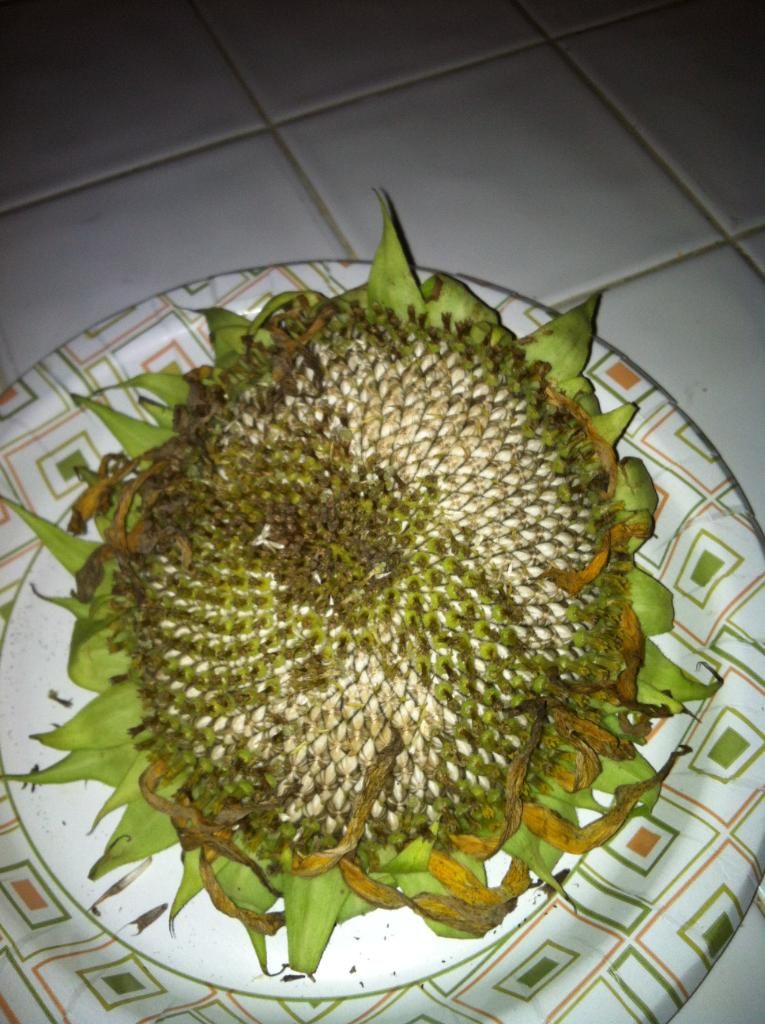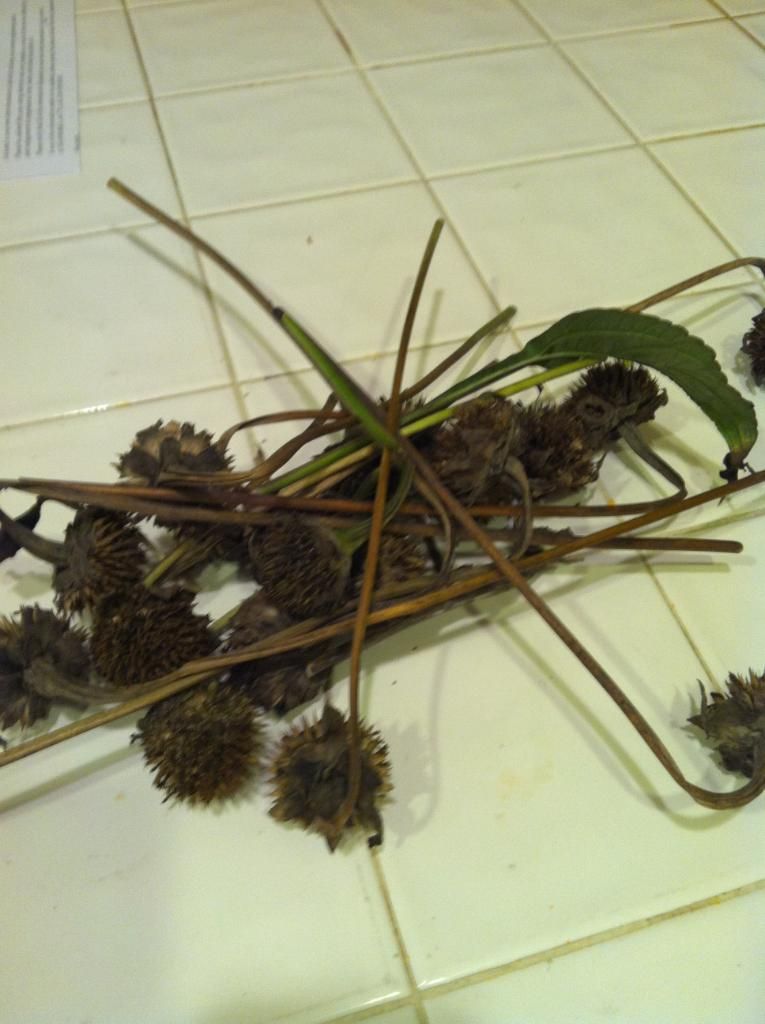Well, to start with, I just need to say it, I will not use genetically modified seeds in my garden; I use only heirloom seeds. Humans have survived and flourished for thousands of years planting heirloom seeds, and why we decided to start messing with seeds 40 or 50 years ago is beyond me. If we are ever thrown into a world where we need to grow our own food to survive, trust me, you want plants that are grown naturally and contain the most nutrients. Hybrid seeds, and the plants they produce, have been shown to contain much less nutrition than organically grown plants, and often, they require much more maintenance to grow successfully.
As an organic gardener it is very important to save seeds from your plants in the garden. First of all you want to choose seeds from the plants that have proven to do well in your garden. Not every plant is worth keeping. You only want to choose seeds from plants that are worth keeping. Never choose seeds from hybrids. Hybrids are beautiful plants, but the seeds are often sterile or do not produce true to the parent plant. Open pollinated or heirloom, self-pollinated plants are the only varieties that will grow true from seed, meaning the seedlings will be exactly like the parents. These are the seeds worth saving. Open pollinated, which are most of my garden are pollinated by insects, wind and people; these plants cross with others in their family. The only way to maintain the original would be to isolate, which would be very difficult as a backyard gardener.
I have a very large zip lock bag full of different seeds from my garden. I have completely seeded an entire flower bed with the seeds from a few salvia plants. Now I have a garden full of salvia which is very easy to grow and pollinators of all sorts love this plant. Any opportunity I have in my garden I try to save seeds. Throughout the season I save seeds from my sunflowers, Mexican sunflowers, water hibiscus, milkweed, Biden Alba etc. Sometimes it is a slow process separating the seeds, especially from the Mexican Sunflower, but the process is well worth it. Now I always have seeds from some of my favorite plants. I make sure that I dry the flower and seeds completely. I store them in a clean dry envelope. Below are some pictures. Look at the huge sunflower and the end result is a bag full of sunflower seeds to plant for next year.
 |  |
 |  |
 |  |
Always choose seeds from the best plants and make sure they are free from disease. Seeds are mature or ripe when flowers are faded and dry or have puffy tops. Plants with pods, like beans, are ready when the pods are brown and dry. When seeds are ripe they usually turn from white to cream colored or light brown to dark brown. Collect the seed or fruits when most of the seed is ripe. Do not wait for everything to mature because you may lose most of the seed to birds or animals.
Harvesting seeds is important for maintaining unusual or heritage flowers or vegetables. It is a great way to propagate many native plants.
Storing Saved Seed
• Make sure the seed is completely dry, or it will rot or mold in storage • Remove as much of the chaff as possible • Store in a paper envelope, labeled with the variety and year • Place the envelopes into an air tight container, such as a canning jar • Store in a cool, dark, dry place • Stored seed is best used the following year
I am getting ready to prepare an area on the West side of the house for gardening. Right now I have some palms planted. I have bought only heirloom seeds. As I said earlier I refuse to use GMO seeds in my garden. Growing up in the Northeast, a daughter of a farmer from Indiana, I have many fond memories of helping my parents grow, maintain and harvest our family garden. I have never really planted my own vegetable garden in Miami. I have planted herbs and tomatoes but never a full garden. This year will be my first year planting a real vegetable garden. I look forward to experiencing this in Miami. Hopefully I will be able to save some of the seeds from my heirloom plants.
As far as my flower garden I continue to save as many seeds as possible. There are numerous seed saver exchanges, clubs, and listings in magazines like Organic Gardening. Although you shouldn’t base your entire garden on saved seed you may want to give seed saving a try.

